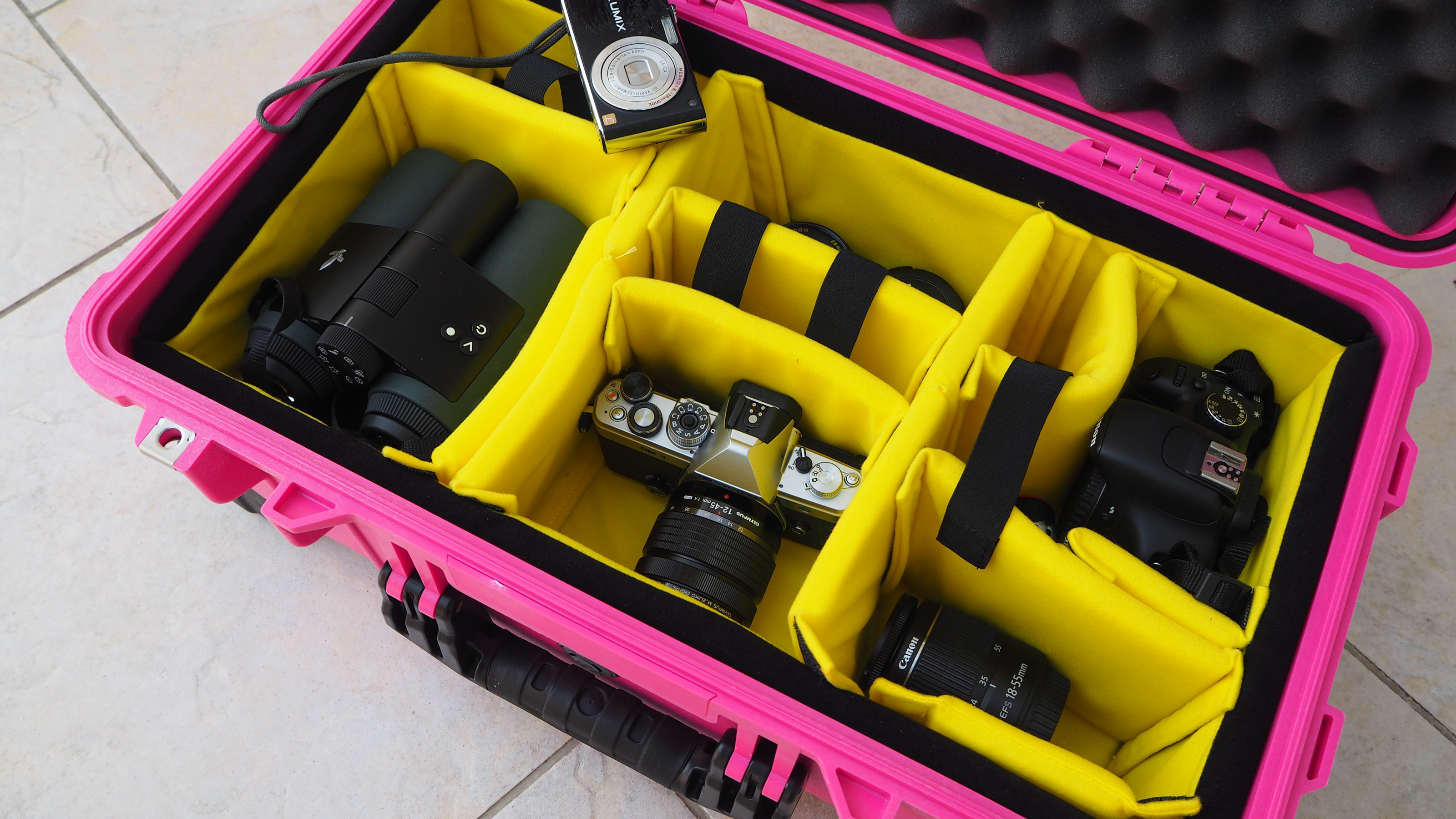'Capture the Atlas' reveals Milky Way Photographer of the Year winners
6th edition of its annual competition features the best 25 photos of the Milky Way
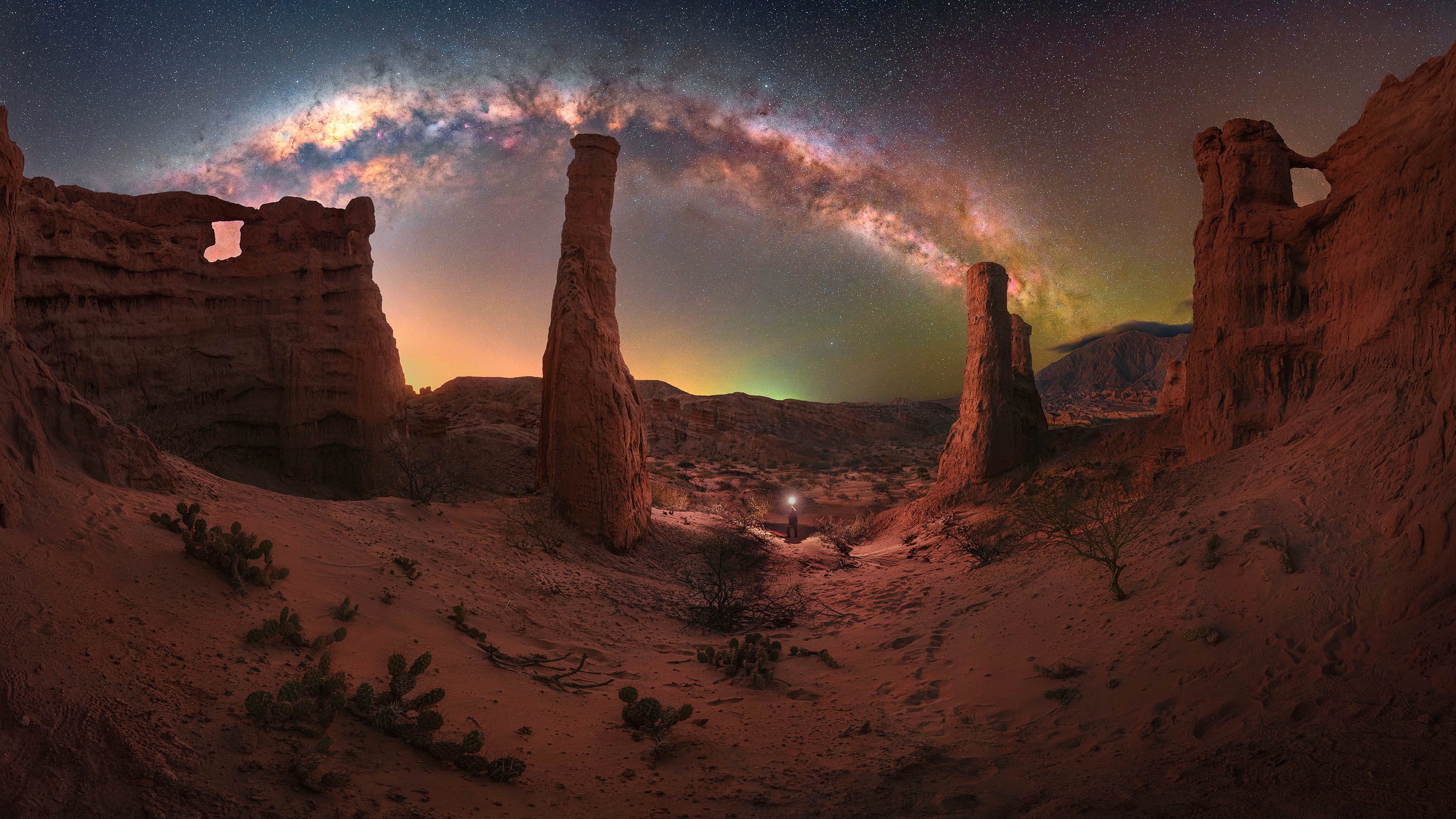
It’s Milky Way season. From early spring through late summer our galaxy’s billions of stars arc across the night sky and it’s become a staple of astrophotography. The trend comes into the spotlight with the announcement this week by travel photography blog Capture the Atlas of its 6th annual Milky Way Photographer of the Year collection.
Published in late May each year – the peak time for photographing the Milky Way –
– its aim is to inspire astrophotographers and others to capture and share the beauty of our galaxy.
The 25 stunning Milky Way images it showcases come from 25 photographers from 16 countries. The final 25 images were selected by Dan Zafra, editor of Capture the Atlas, from over 3,000 entries. They include stunning images from unusual locations for astrophotography including Yemen, Madagascar, Switzerland, Bulgaria, Slovenia, Japan, Iran and Indonesia.
The winning images also include plenty taken in classic astrophotography locations such as Namibia, Chile’s Atacama desert and New Zealand.
Here are our favorite images from the Milky Way Photographer of the Year:
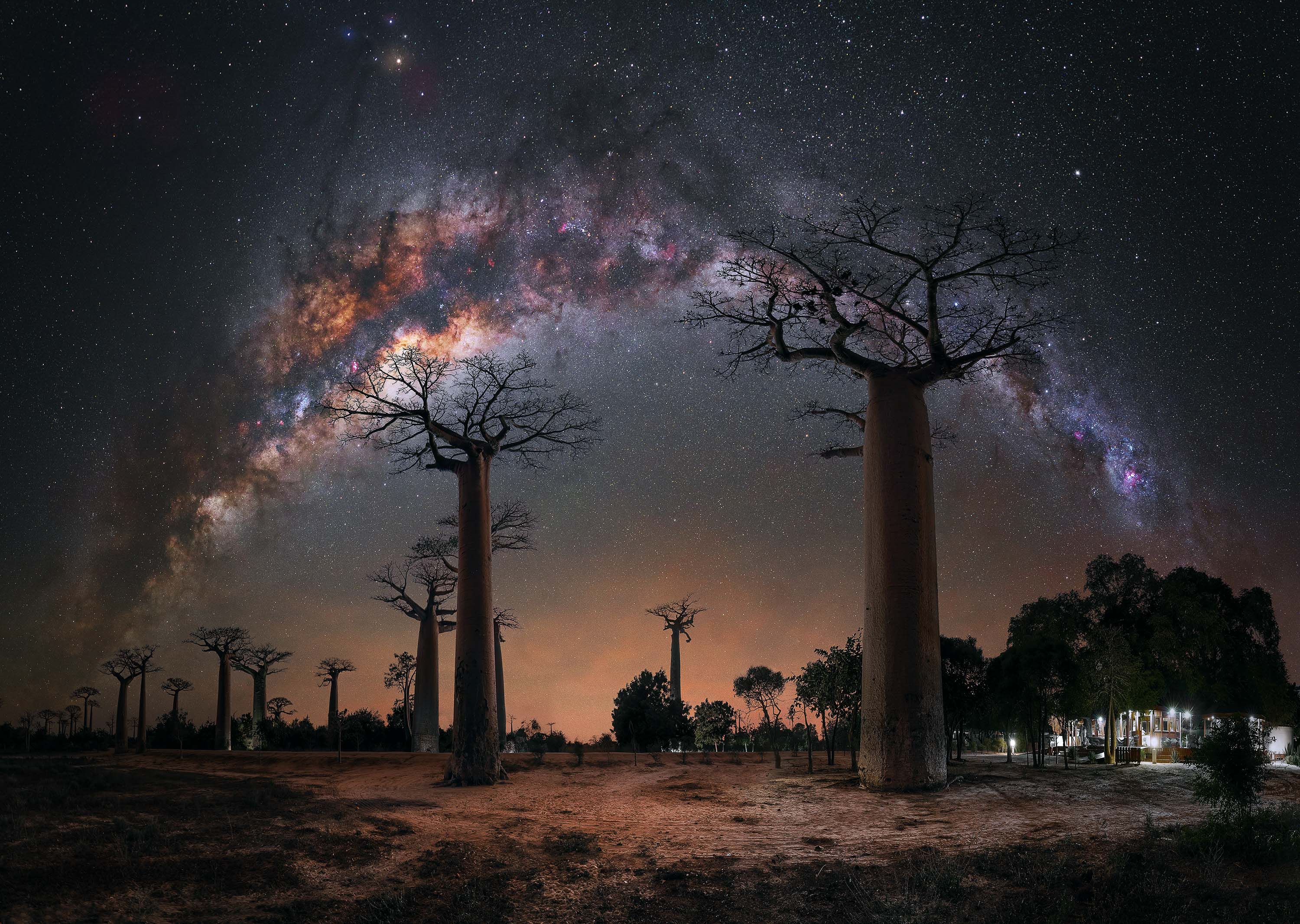
1. ‘Night under the Baobab Trees’ by Steffi Lieberman
Get the Digital Camera World Newsletter
The best camera deals, reviews, product advice, and unmissable photography news, direct to your inbox!
One of the most notable winning images in this year’s competition was this one, above, taken using a Sony A7R III astro-nodified camera by photographer Steffi Lieberman in Madagascar, a location not normally associated with astrophotography. “This photo means a lot to me, and I can’t even begin to tell you how difficult it was to take it,” said Lieberman. “From the road conditions to the armed security guards protecting you while you take photos, everything about it was an adventure.”
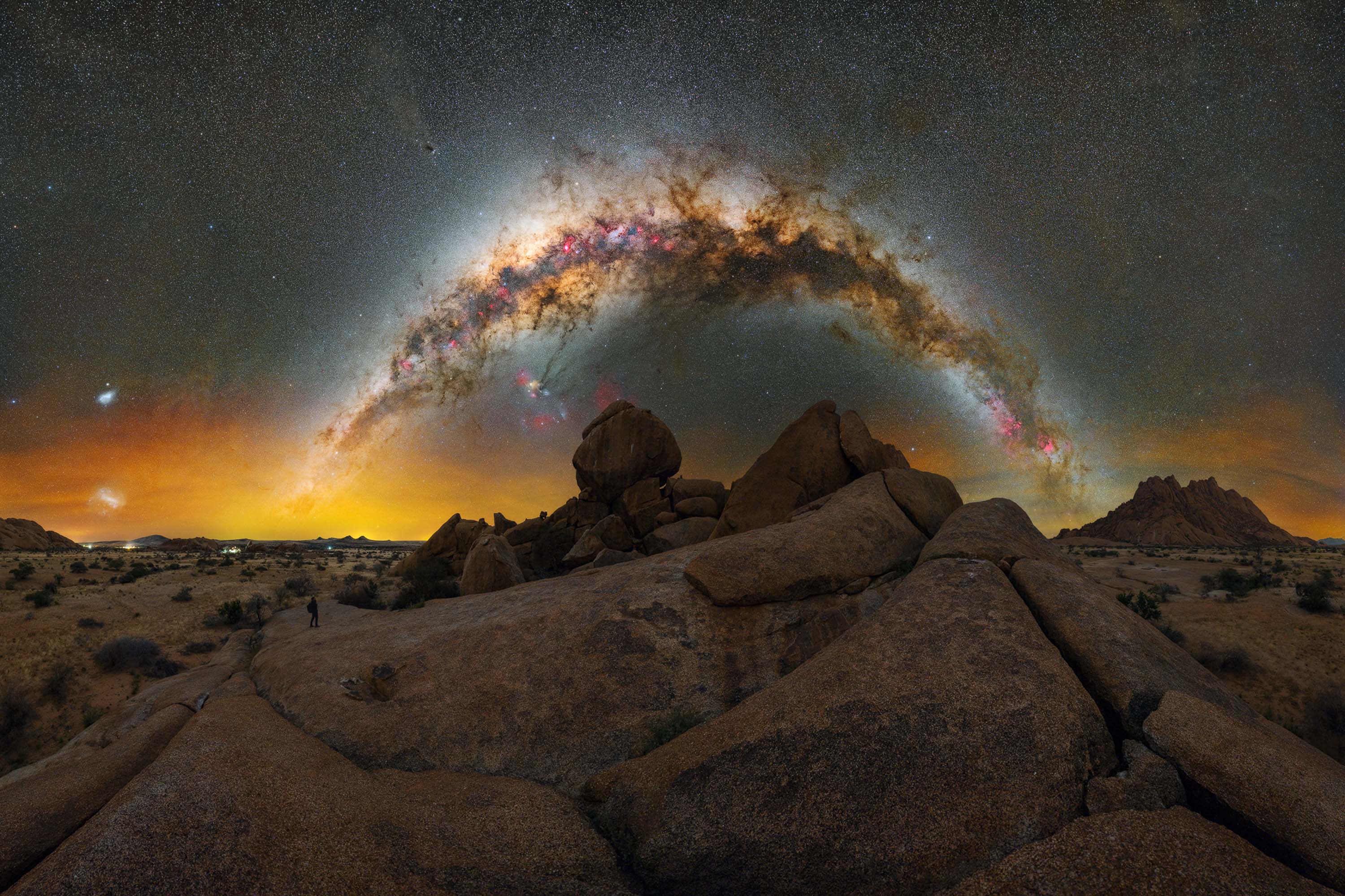
2. ‘South of Home’ by Lorenzo Ranieri Tenti
Namibia – a dream destination for astrophotographers after incredible foregrounds – featured heavily in the contest. “The panoramic photograph captures the breathtaking scene in the Gross Spitzkoppe Nature Reserve, where the southern Milky Way gracefully spans a remarkable formation of smooth granite boulders,” said Lorenzo Ranieri Tenti about the above image. “This area holds a unique charm, with Mount Spitzkoppe being the sole prominent feature for kilometers, majestically rising 700 meters above the endless savannah.” The photographer used a Sony A7S astro-modified camera.
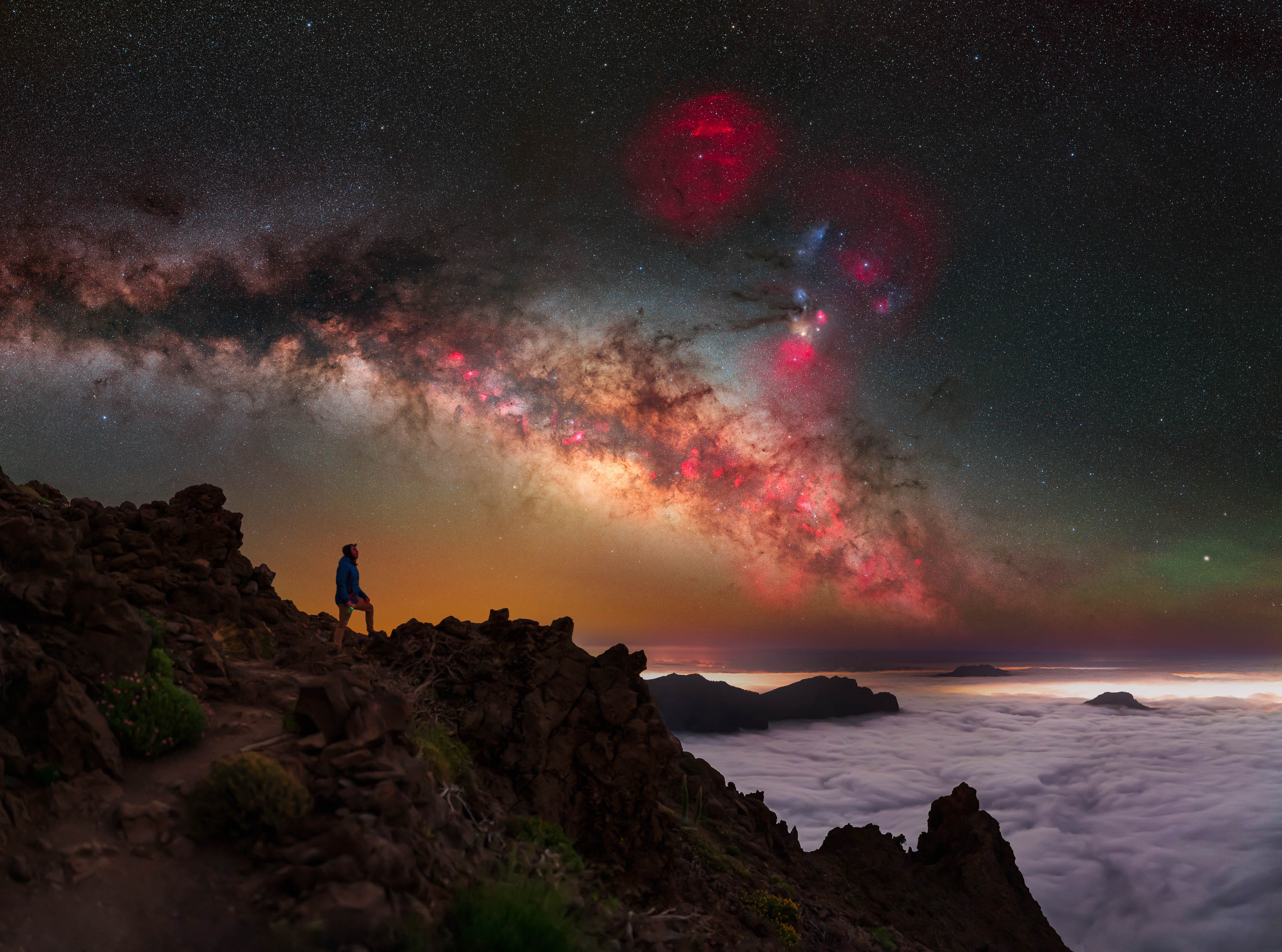
3. ‘The La Palma Astroexperience’ by Jakob Sahner
The Canary Islands are blessed with volcanic peaks that sit above the clouds, shielded from light pollution, as proven by this image, above, from the island of La Palma by Jakob Sahner. “La Palma and the Canary Islands are ideal for astrophotography due to the trade wind clouds that sit at around 1000 meters,” said Sakner who also used a Sony A7S astro-modified camera. “Being above these clouds makes it clear enough for capturing images, provided there is no haze or high cirrus clouds.”
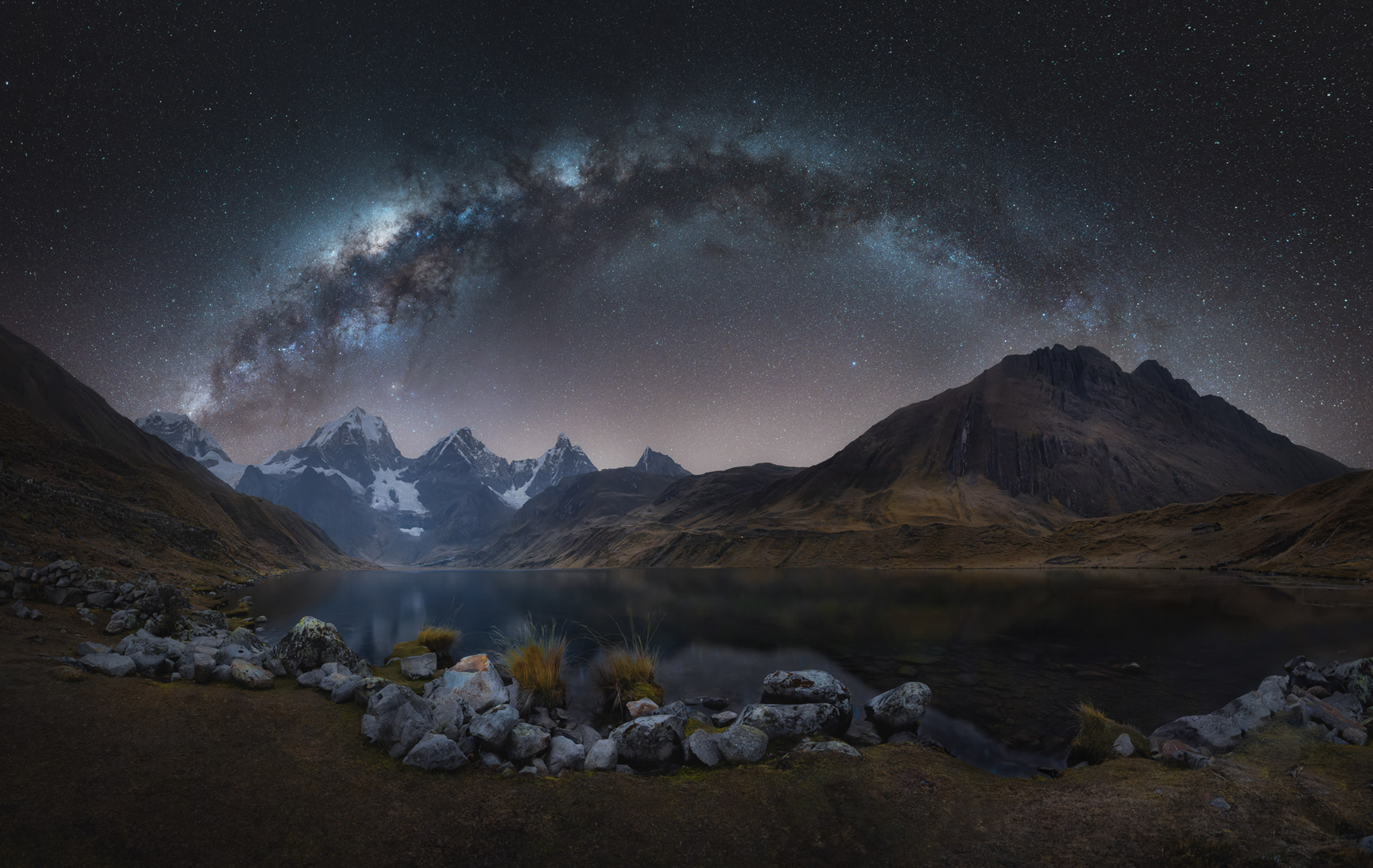
4. ‘The Night of Huayhuash’ by Jose D. Riquelme
Jose D. Riquelme used a Sony A7 IV to capture Peru’s Huayhuash (pronounced “why-wash”), an Andes mountain range within the Cordillera Huayhuash Reserved Zone. “It’s home to stunning landscapes with mountains and lakes, offering unique opportunities to capture the Milky Way in all its splendor,” said Riquelme. “Night photography in this location is an unforgettable experience, as the altitude and clean air allow the stars to shine brightly.”
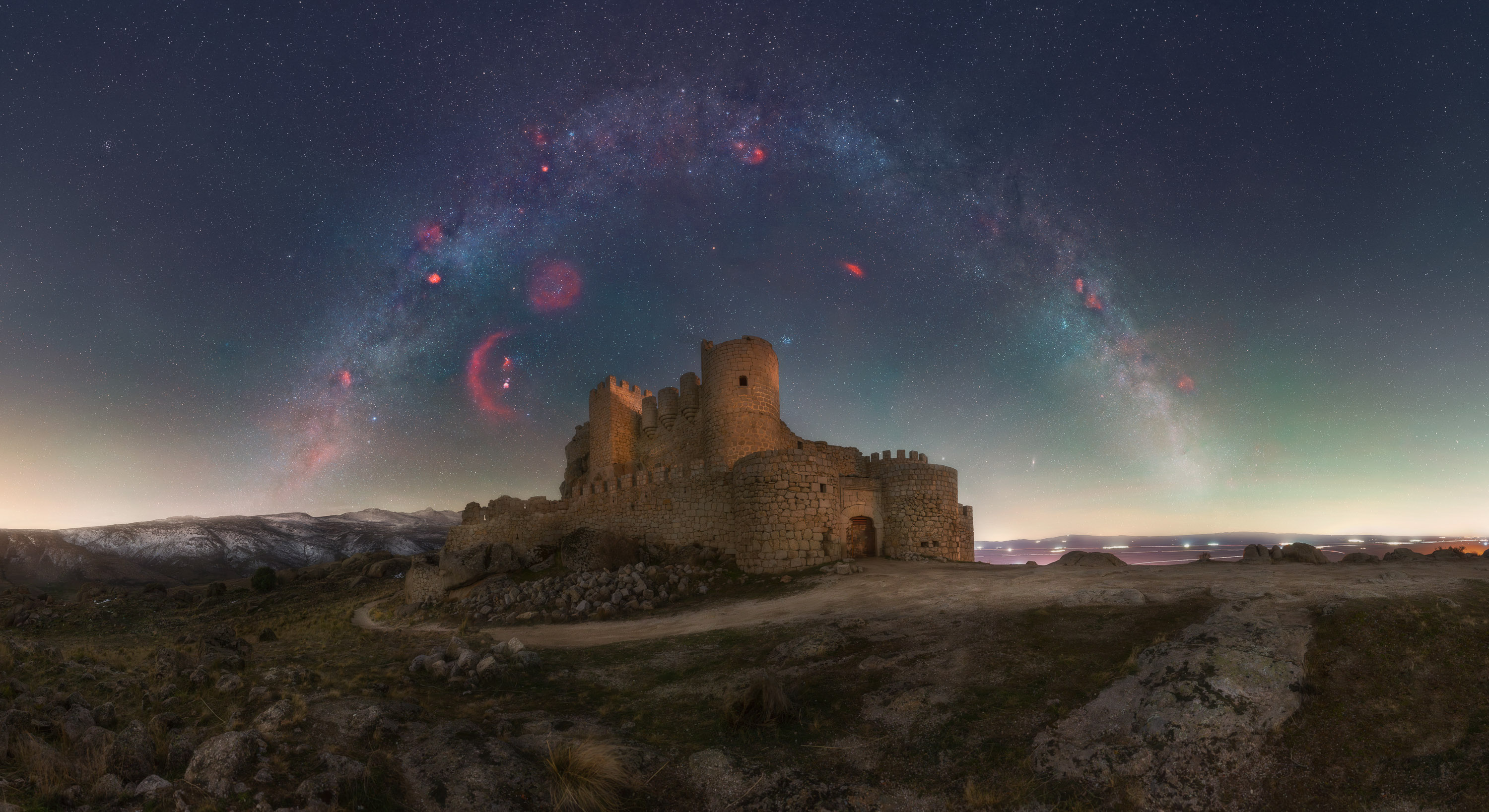
5. ‘Celestial Shield’ by Iván Ferrero
Ávila, Spain was the location for Iván Ferrero’s image of Aunqueospese, a 14th-century Gothic castle. “I embarked on a two-and-a-half-hour drive … the rough dirt road forced me to abandon my car and trek for about thirty minutes,” said Ferrero, who used a Sony A7R III camera. “Once it got dark, I captured a panoramic shot of the ground before tracking the Milky Way as Orion took its position … I kept the tripod low to prevent blurring and ensure stability.”
When the ‘Milky Way season’ takes place depends on your position on the planet. Large referring to the time of the year it’s possible to see the bright core of the Milky Way – located within the constellations Sagittarius about 25,800 light-years distant – it’s January-November in the Southern Hemisphere and February-October in the Northern Hemisphere. However, the best time to see and photograph the Milky Way is typically between May and June.
• Astrophotography in June 2023 - what to shoot this month
• Why you need to plan now for Great American Eclipse of 2024
• Best lenses for astrophotography
• Best star tracker camera mounts

Jamie has been writing about photography, astronomy, astro-tourism and astrophotography for over 15 years, producing content for Forbes, Space.com, Live Science, Techradar, T3, BBC Wildlife, Science Focus, Sky & Telescope, BBC Sky At Night, South China Morning Post, The Guardian, The Telegraph and Travel+Leisure.
As the editor for When Is The Next Eclipse, he has a wealth of experience, expertise and enthusiasm for astrophotography, from capturing the moon and meteor showers to solar and lunar eclipses.
He also brings a great deal of knowledge on action cameras, 360 cameras, AI cameras, camera backpacks, telescopes, gimbals, tripods and all manner of photography equipment.
